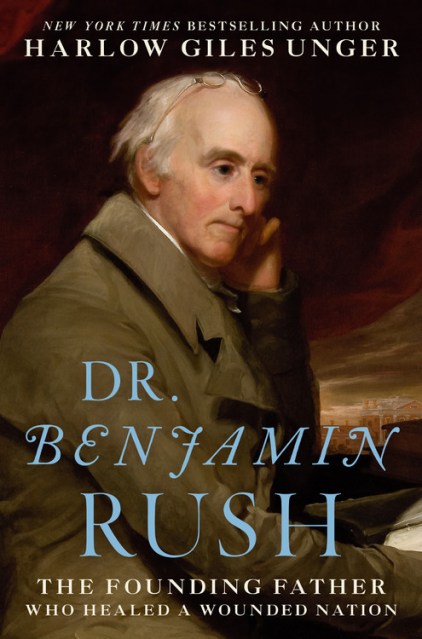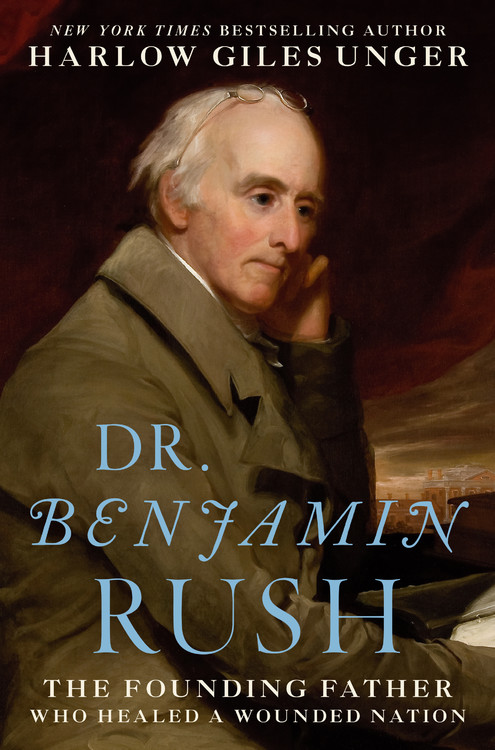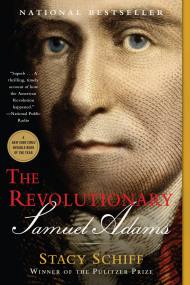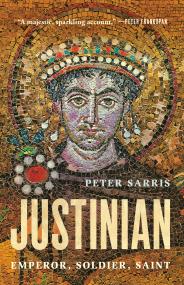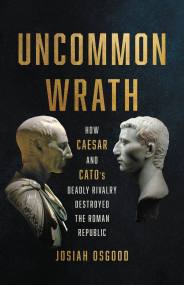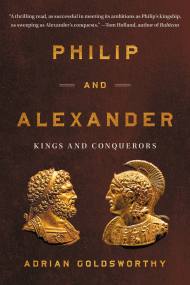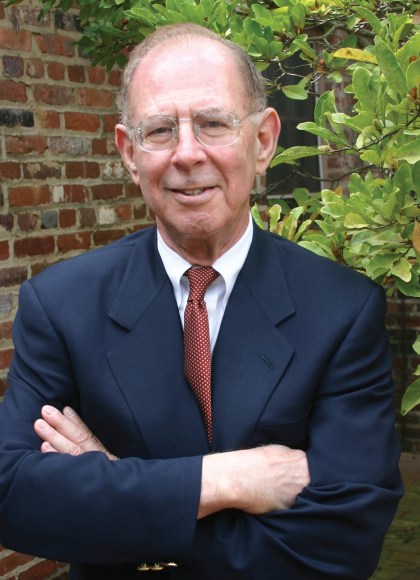Promotion
Shop now and save 20% on your back-to-school purchases & get free shipping on orders $45+ Use code: SCHOOL24
Dr. Benjamin Rush
The Founding Father Who Healed a Wounded Nation
Contributors
Formats and Prices
Price
$28.00Price
$36.50 CADFormat
Format:
- Hardcover $28.00 $36.50 CAD
- ebook $17.99 $22.99 CAD
- Audiobook Download (Unabridged)
This item is a preorder. Your payment method will be charged immediately, and the product is expected to ship on or around September 11, 2018. This date is subject to change due to shipping delays beyond our control.
Also available from:
Ninety percent of Americans could not vote and did not enjoy rights to life, liberty, or the pursuit of happiness when our Founding Fathers proclaimed, “all men are created equal.” Alone among those who signed the Declaration of Independence, Benjamin Rush heard the cries of those other, deprived Americans and stepped forth as the nation’s first great humanitarian and social reformer.
Remembered primarily as America’s leading, most influential physician, Rush led the Founding Fathers in calling for abolition of slavery, equal rights for women, improved medical care for injured troops, free health care for the poor, slum clearance, citywide sanitation, an end to child labor, free universal public education, humane treatment and therapy for the mentally ill, prison reform, and an end to capital punishment.
Using archival material from Edinburgh, London, Paris, and Philadelphia, as well as significant new materials from Rush’s descendants and historical societies, Harlow Giles Unger’s new biography restores Benjamin Rush to his rightful place in American history as the Founding Father of modern American medical care and psychiatry.
- On Sale
- Sep 11, 2018
- Page Count
- 320 pages
- Publisher
- Da Capo Press
- ISBN-13
- 9780306824326
Newsletter Signup
By clicking ‘Sign Up,’ I acknowledge that I have read and agree to Hachette Book Group’s Privacy Policy and Terms of Use
